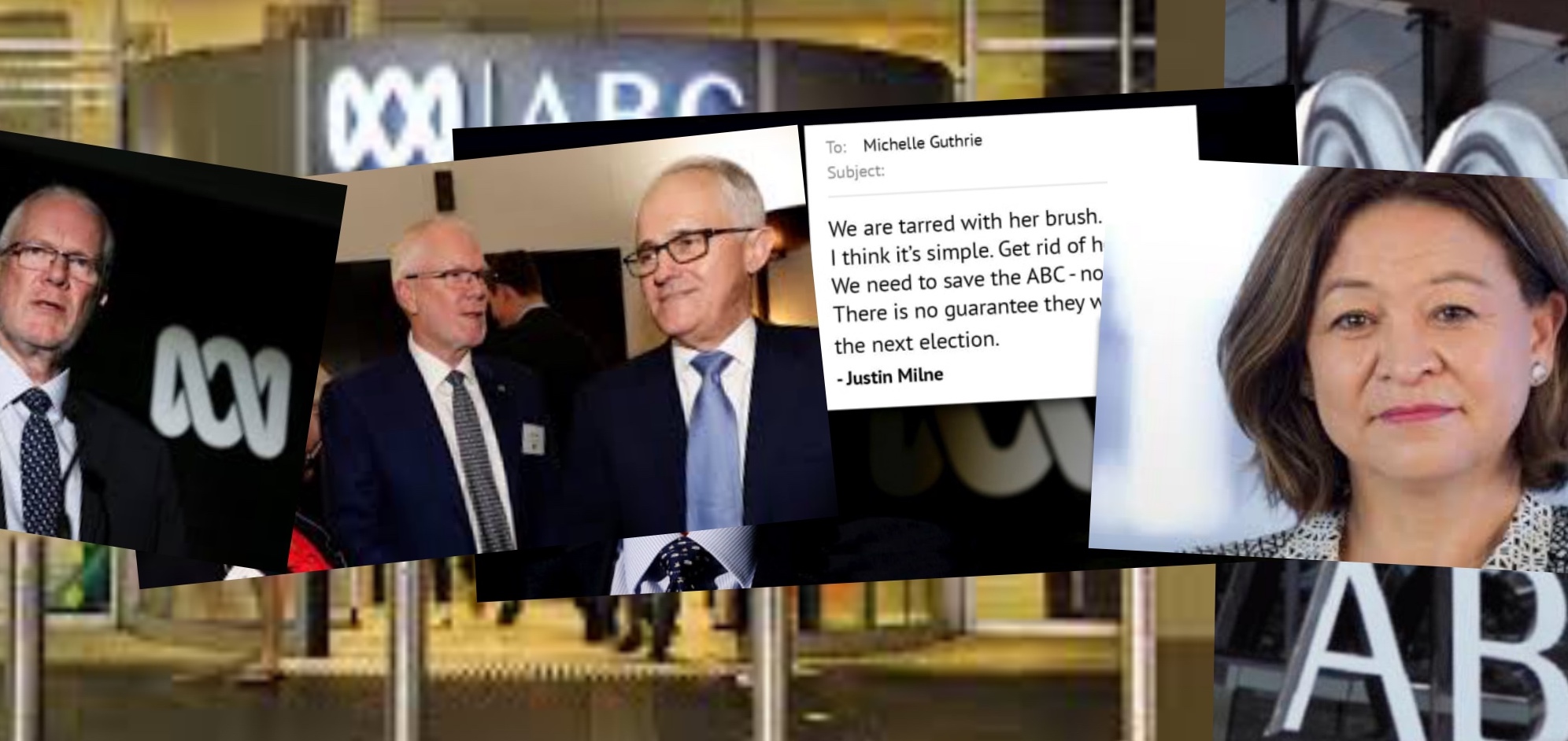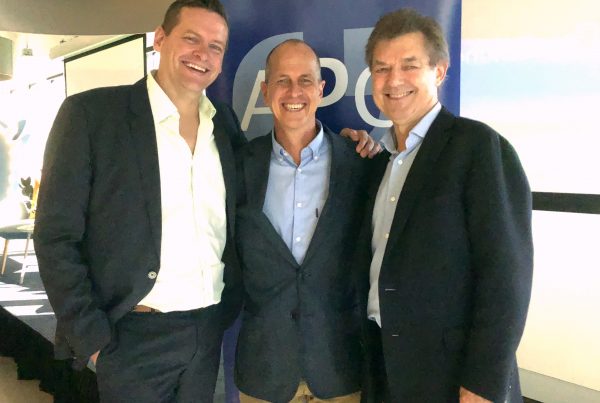Two possible take-outs for leaders and corporate affairs specialists from the ABC chaos:
1. Change is hard and often high risk: the ABC is being forced by the Digital Revolution and Federal budgetary constraints to make painful changes and, predictably, stresses are apparent.
As with all companies, in principle the board sets objectives as part of a plan, and then appoints a CEO to achieve them. The CEO, ideally, should have all the qualities (attributes and skills) and no weaknesses, required to achieve those objectives – a hard ask.
In Guthrie’s case a central issue appears to have been poor communication skills, an essential for driving successful change management through a complex organisation.
A key part of achieving the planned objectives involves the dynamic and often complex relationship between the Chair and the CEO, which can vary from couple to couple.
It’s the CEO’s job to execute strategy, in the ABC’s case that’s strengthened by legislation; hence the now infamous email from Milne to “get rid of” a staff member is completely out of line – and surprising from someone so experienced.
However, the Chair/CEO relationship can’t be totally pre-cast because their combined purpose, within those confines, is to achieve the required outcomes. A Chair can at various times be either a mentor, a coach, a director, or occasionally a disciplinarian. For instance in some situations we have a seasoned Chair and a new CEO, or vice versa; sometimes both are new.
It’s complex, as both people will have strengths and flaws, and have to find a way to create difficult change while maintaining the engagement of the organisation’s talent, its customers or audiences, and in the case of the ABC’s managing its strident political and commercial stakeholders.
2. Firing any powerful executive takes a thought-out strategy because it is high-risk. It is hard to control a disgruntled senior exec who has access to critical information, and possibly powerful supporters. It requires a careful risk analysis and scenario planning of the communication and media challenges.
The tendency is to rely on external advice, especially lawyers because contractual missteps are costly. But that ignores the reputation dynamic. And human unpredictability. Some lawyers give advice at the expense of reputation.
A good strategist will work through all the variables along a timeline as much as can be seen through the fog, particularly including anticipating how the person being fired is going to respond, and there may be a number of options (speaking to the press, taking legal action, creating confusion with counter allegations, leaking inappropriate memos, asking for ‘hush’ money; the list goes on). For every manoeuvre, we need a pre-emptive or responsive tactic.
As we’ve already written, the relationship between a Chair and CEO can be complex, both having strengths and flaws. So this analysis should include quizzing the Chair on any potential blow-back from previous correspondence or conversations. That analysis might capture, for instance, the above email.
Then other stakeholders need to be considered. In the ABC’s case, the board, hopefully, would have planned for the ABC’s staff reaction, and a political reaction. And of course the rest of the media, feasting on the controversy. And again, we need pre-emptive or responsive tactics.
We can learn a lot from watching other people’s mistakes…





